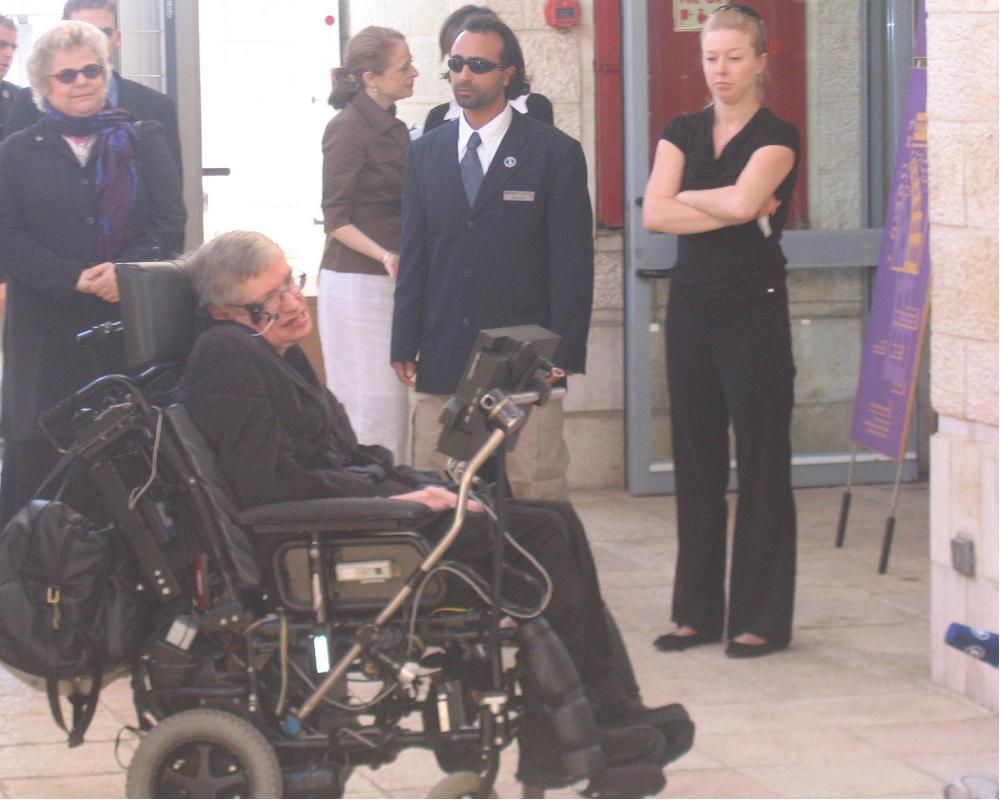The experiments carried out at the Johns Hopkins University in Baltimore on paralyzed rats revealed an unknown property of the cells: their ability to restore damaged cells; Scientists: This is new information about the potential of stem cells

Injection of human embryonic stem cells may help restore damaged nerve cells damaged by muscular dystrophy. This is claimed in a new study conducted at Johns Hopkins University in Baltimore. Embryonic stem cells are capable of turning into all types of cells, and scientists estimate that when they are injected into the body they differentiate according to the need for the particular cell type. In the new study, the cells were transplanted into paralyzed rats in an attempt to turn them into new nerve cells. But the human stem cells injected into the rats worked differently: they showered the damaged nerve cells with nutrients and helped them survive.
In the article describing the research, published in the journal "Neuroscience", the researchers wrote that their findings shed new light on the potential inherent in stem cells. Many researchers believe that stem cells may lead to curing diseases that currently have no way to treat them.
The researchers injected the human stem cells into the spines of 15 paralyzed rats suffering from the severe degenerative disease amyotrophic lateral sclerosis (also known as "Lou Gehrig's syndrome" or ALS). After the injection, the rats could use their hind legs better than the control rats, who were also paralyzed but had not been injected with stem cells. However, the rats that were injected with the cells did not return to functioning normally.
"At first we hypothesized that the actual recovery was due to the human stem cells regenerating the neural circuits destroyed by the paralyzing virus injected into the rats," said Dr. Douglas Kerr, who headed the research team.
But the researchers were unable to find a large number of new nerve cells. "Some of the tens of thousands of human stem cells injected into the rats did turn into nerve cells or similar cells, but their number was not enough to explain the improvement in the rats' condition," Kerr said. "Instead, the human embryonic stem cells created an environment that protects the rats' existing nerve cells, which were on the verge of death, and helps them survive."
